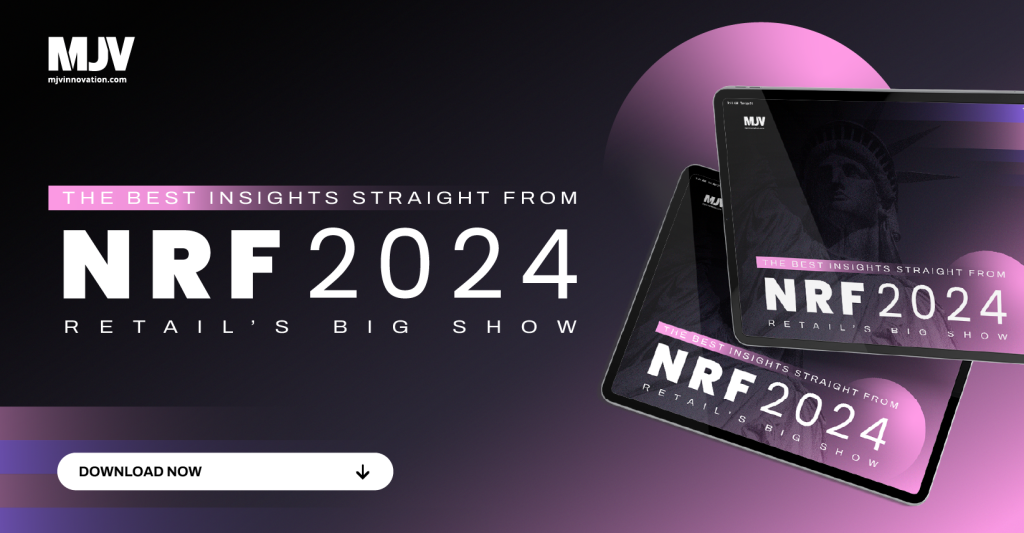The Rise of Phygital Stores: 7 Ways Brick-and-Mortar is Changing
Brick-and-Mortar stores are making a comeback! But not as we know them. Discover how integrating online capabilities and new technologies provides physical stores with everything they need to thrive.
Since the pandemic shook our daily lives, retailers have had to drastically shift their investment priorities. Online stores, home shipping, and even free returns are things that consumers have become accustomed to and are now expected amenities.
With the convenience and simplicity that digital stores provide, one might think that it’s only a matter of time before brick-and-mortar goes the way of Blockbuster, but that couldn’t be further from the truth.
The Economist Intelligence Unit is predicting that brick-and-mortar sales will make up an astounding 85% of total retail sales in 2024.
Even kings of e-commerce like Amazon and eBay have invested significantly in brick-and-mortar, proving that physical locations are a solid option for modern online retailers. The most relevant example of this is Amazon’s acquisition of Whole Foods, alongside it’s foray into cashierless technology.
In 2024, physical retail will once again acquire strategic importance for retailers. In fact, the brick-and-mortar revolution is well underway; the comeback is on. With in-store experiences undergoing drastic shifts.
In this article, we’ll break down what brick-and-mortar means in the digital age, highlighting how physical stores are changing in order to adapt to the online-driven world of retail.
Read on and find out how integrated online and offline capabilities are enabling the rise of phygital stores.
What phygital stores are on the rise?
You would think that after retailers acclimated to the online-only context of the pandemic, consumers would no longer have a need for physical stores. After all, why leave the house when even the most outdated retailers have established a significant online presence?
What actually happened was the opposite of that: customers were tired of e-commerce, and they missed getting out of the house and shopping in person. But with so much investment having gone into the digital side of business, retailers weren’t just going to go back to business as usual. This was right about the time when Phygital stores began to rise.
‘Phygital’ is one of the fundamental principles of modern retail, which encompasses integrating physical and digital channels in creating integrated experiences. Integrating phygital experiences changes the dynamics of brick-and-mortar stores compared to e-commerce, helping them overcome some of the common barriers between them.
In fact, the two channels are more connected than you might think. According to a study published in the INFORMS journal, physical stores significantly influence consumer decisions and can impact online sales. The research reveals that the introduction of a new brick-and-mortar store can lead to a 29% increase in online sales within the corresponding region.
So there is a clear connection (at least in the minds of consumers) between online and offline channels, but what has spurred the growth of phygital experiences? And what kind of changes can brick-and-mortar stores expect in the coming years?
The following section aims to answer these questions, but if you’re still interested in delving deeper into what phygital is and its effects on retail, click on the link below.
7 Ways Brick and Mortar Is Changing
1. Transformation of stores into experience centers
One of the biggest reasons for the rise of brick-and-mortar retail is that consumers are no longer seeking stores only for products but for experiences. Netflix Bites is a perfect example of using in-person experiences to attract customers to online channels.
The streaming giant offers customers the chance to experience dishes from world-class chefs, as seen in the many cooking shows offered on the platform.
Fans of these shows can get a first-hand experience of the dishes, while newcomers are enticed to discover more about where these plates come from.
Going forward, offering experiences over products will be a common thread among the most successful brick-and-mortar stores.
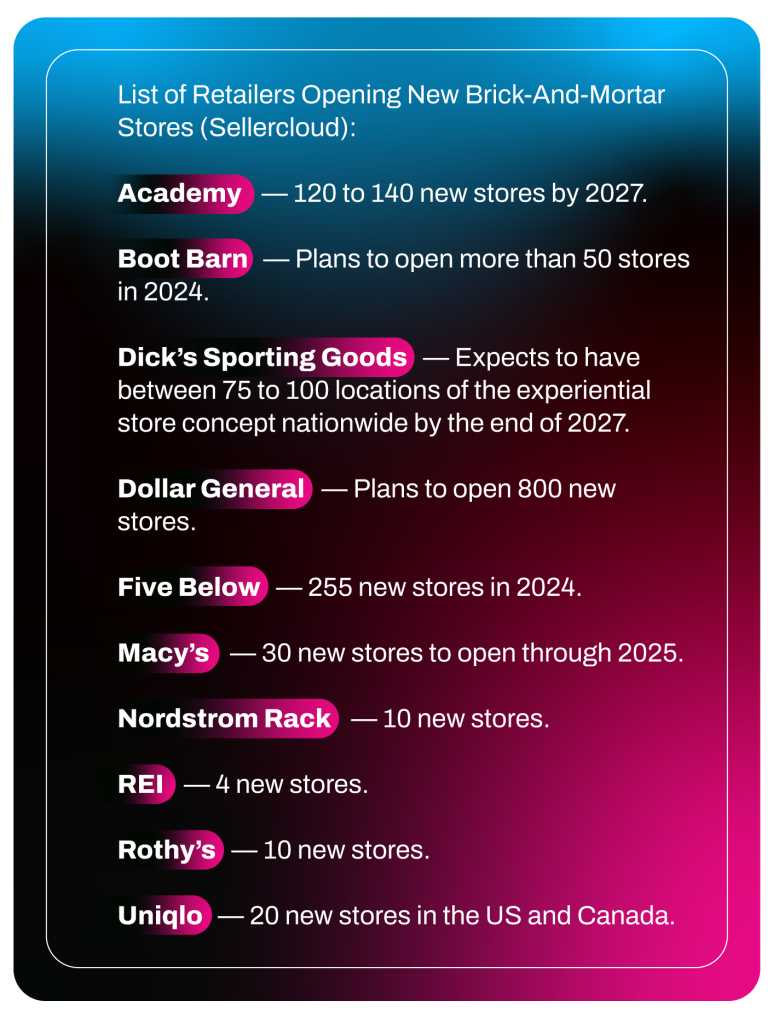
2. The rise of non-transactional stores
On the subject of offering experiences, many stores have opted to take that concept to the next level, these are what non-transactional stores are all about. The idea is to create a storefront whose sole purpose is to offer visitors an enchanting and memorable experience at no additional cost.
An excellent example of this is the Jordan Brand’s World of Flight in Shibuya, Japan. The building is designed as an homage to the great names in basketball history and streetwear culture.
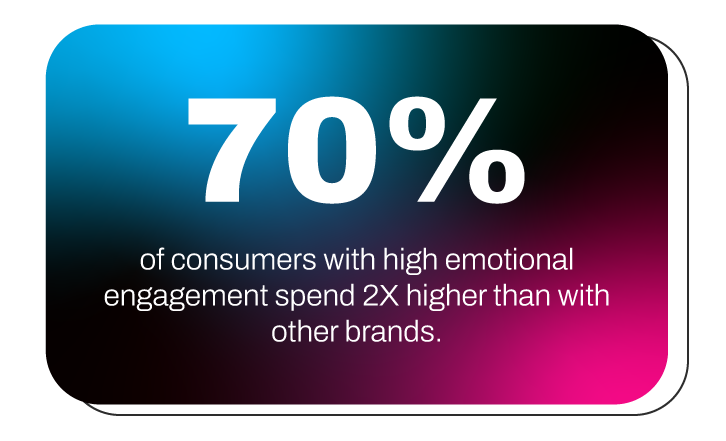
World of Flight also boasts an impressive collection of rare and expensive sneakers, on loan from the biggest collectors in the world.
While it has a ‘gift shop,’ the World of Flight is more closely related to a museum than a sneaker store.
3. The adoption of personalization at scale
Creating memorable experiences is not all about presentation, and not all business models support the use of brick-and-mortar establishments as experience centers.
One of the biggest trends in retail right now is the use of personalization at scale to significantly improve the overall customer experience at stores.
Macy’s has its very own ‘Personalization Funnel’ that takes advantage of the way customers feel when presented with tailored experiences to boost sales. It is made up of four parts:
Awareness: Captivate and inspire through personalized communications.
Consideration: Engage through curated omnichannel content.
Decision: Drive conversion through personalized offers.
Retention: Win back customers by redefining the post-purchase journey.
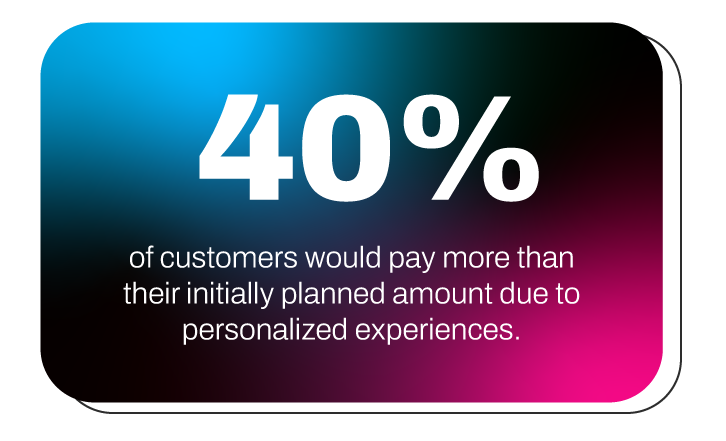
Artificial Intelligence has been used to great success within retail in order to turn the massive amounts of data gathered from customers to provide them with automated personalized experiences.
4. Innovation in payments and conctactless technology
As the point of sale is considered part of the customer experience, offering contactless and frictionless payment solutions is increasingly intrinsic to retail.
Amazon, for example, is betting on Amazon One, a payment service based on buyer identification with biometric data, which allows users to enter the store and pay with the palm of their hand.
The technology works like a fingerprint and uses a special camera to scan the dermis and epidermis of the palm. The uniqueness of each palm makes the identification process incredibly secure.
This is only possible thanks to generative AI, which has created a “palm factory” that produces millions of synthetic images of palms to train the Artificial Intelligence model used by Amazon One.
Technology such as Amazon One and Just Walk Out are not only providing customers with easier methods of payment, but also offering them a fun, fast, and secure way to pay for their products.
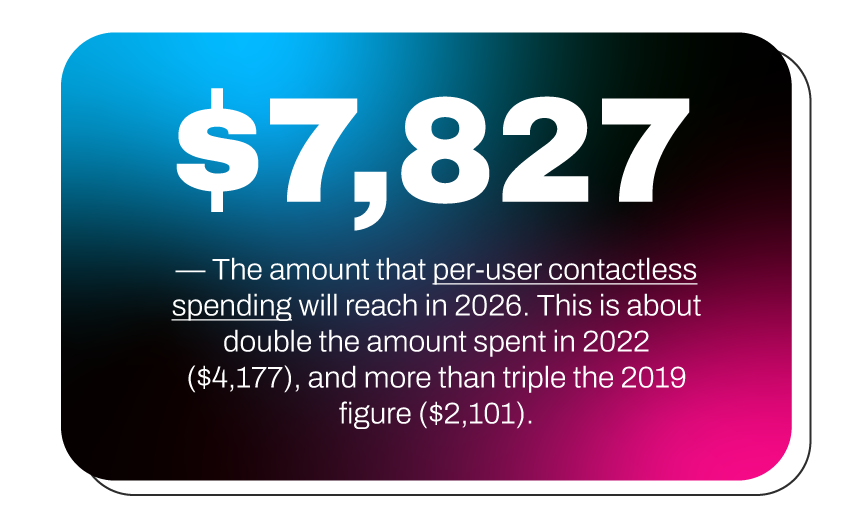
If you’re looking to shake things up in 2024 and roll out new strategies, technologies, and business models, it pays to know what the competition is planning. A great place to start is with the insights MJV has extracted from NRF 2024.
5. The consolidation of BORIS (Buy Online Return In Store)
With the increase in the number of online transactions, many retailers have come up against a new challenge: the increase in returns.
With returns costing retailers so much, and physical stores on the rise, many retailers have opted to begin charging customers for each of their returns.
One strategy that has been incredibly profitable is BORIS (buy online, return in-store).
Many retailers have been offering customers the ability to wave their return fees if they themselves bring the item to one of the retailer’s many store locations.
This tactic has not only made it so that customers are more likely to try something that they’ve only seen online, but customers who do return their items in-store are more likely to spend again at the physical location.
6. BOPIS (Buy Online Pick Up In Store) and BOPAC (Buy Online Pick Up At Curbside)
Merging online and offline capabilities can sometimes spread a retailer thin when it comes to investment.
One option is to have your customers perform the task of delivery themselves. Two of these methods are known as BOPIS and BOPAC.
While this may seem like an extra hurdle for customers to jump in order to acquire their products, many choose this method preferentially, as it waves the cost of shipping and handling.
Customers are not just more likely to complete a sale through these methods, if they opt to pick up in-store, they are also more likely to purchase an additional item.
Both of these methods have seen considerable use throughout the past few years but are trends that seem to be on the rise within retail.
7. Retail Media and Brand Exposure at POS
Retail media has been a huge focus of companies like Amazon for years. But what is happening now is the inclusion of retail media at brick-and-mortar stores as well.
Experts say that the next frontier in retail media is the integration of online/offline data with a focus on in-store brand exposure.
The potential is enormous. It is estimated that around 200 million customers visit Walmart’s physical stores each week, an audience that rivals major TV networks. The idea is to drive in-store promotions while customers are shopping.
Walmart Connect is a closed-loop retail media network that promises to provide a holistic view of Walmart consumer behavior and deliver measurable results.
We’ve recently written a report on all the trends, quotes, and insights gathered from Retail’s Big Show. If you’re interested in learning more about which direction the biggest names in retail think the industry is headed in, click the link below.
